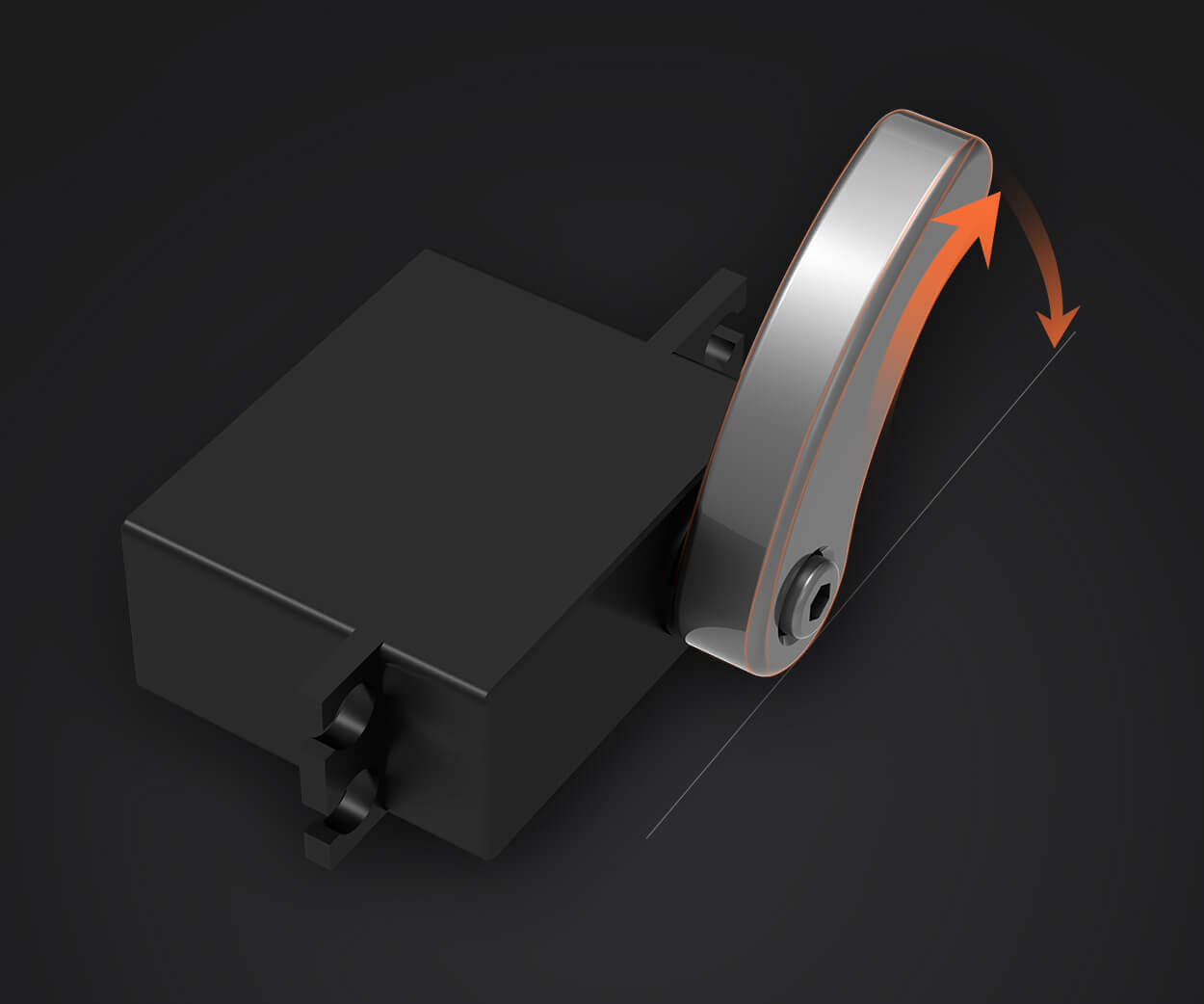When it comes to robotic automation, the design of the robot arm joints is a critical factor that often makes the difference between success and failure. These joints are the backbone of the arm’s movement, so getting them right can dramatically impact both efficiency and durability. Whether you're working on a delicate assembly line or handling heavier tasks, the quality and precision of the robot arm joints will always play a major role in the system’s overall performance.

But how exactly does the design of these joints affect the system? It’s all about balance—balance between flexibility and strength, precision and speed. When you’re designing a robot arm joint, you have to think of how it will work under various conditions, from high-speed assembly to heavy lifting. That's where things get interesting because the materials and the design choices you make will affect how the arm moves, how much weight it can carry, and how long it will last under heavy use.
Let's talk about the materials for a moment. Many companies will use metals like aluminum or steel, but the choice isn’t always that simple. Different materials bring different strengths to the table. For example, a lightweight arm with precise movements might benefit from using titanium alloys. On the other hand, a heavier industrial robot may require a joint design with more robust materials, such as hardened steel, to handle the higher loads.
A great joint design doesn’t just stop at materials. It’s also about the movement itself. Are you looking for a joint that allows for full rotation or just a limited range of motion? A design that provides a high degree of freedom is ideal for complex tasks like picking up a variety of objects in different orientations. However, for certain applications, the joint doesn’t need to be so flexible—just enough to complete a task efficiently without wasteful movements.
Take, for example, robotic arms used in manufacturing. If the joint is too stiff, the arm will have difficulty reaching the desired positions quickly. On the flip side, if it's too flexible, the arm could end up being inaccurate, leading to mistakes in tasks like assembly. Striking that sweet spot is crucial to designing an arm that can handle precision with speed.
And then, there's the issue of wear and tear. Joints, like all moving parts, experience friction. Over time, this can wear down the components and reduce the robot’s effectiveness. Good joint design takes this into account. It ensures that the materials and the shape of the joint minimize friction while maintaining strength. Regular maintenance can also play a huge role in extending the life of the robotic arm, but if the design isn’t up to par from the start, no amount of maintenance will save you.
You may wonder how you can ensure your robot arm joints are top-notch. The key is working with a company that understands the balance between performance, cost, and longevity. An experienced team will offer joint designs that are tailored to your specific needs, whether it’s for light-duty work or high-end industrial use. Trust in good design, and you’ll be able to rest easy knowing that the performance of your robotic system will stay reliable for years.
When it’s all said and done, the right robot arm joint design can be the deciding factor between a smooth, efficient operation and one filled with setbacks. With proper design and engineering, these joints can unlock new levels of performance and durability for any robotic system.
Established in 2005, Kpower has been dedicated to a professional compact motion unit manufacturer, headquartered in Dongguan, Guangdong Province, China.




































